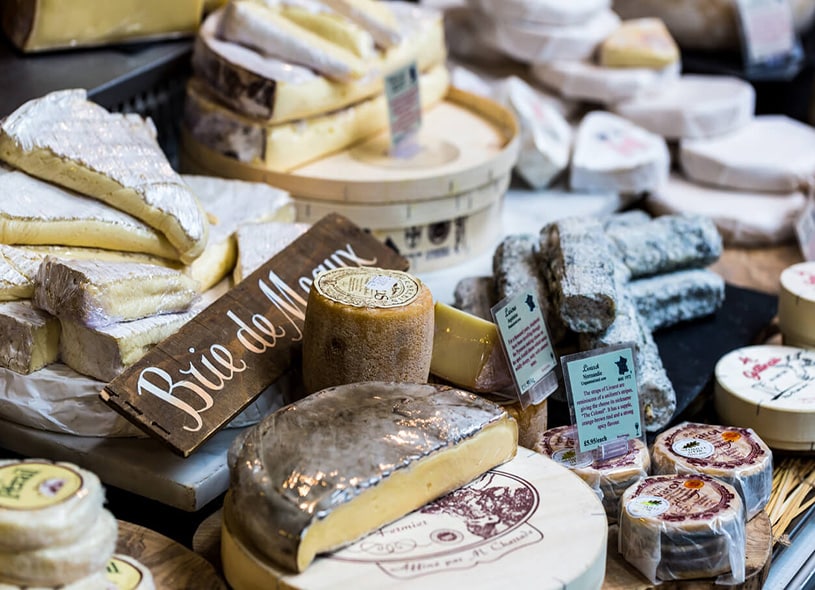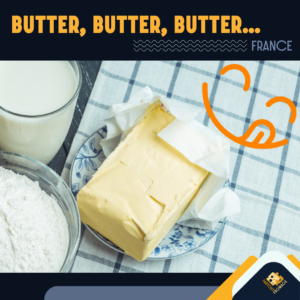Good to know

Food labels provide a wide range of information about foods. They show nutritional information, ingredients, and a range of different dates.
⠀
“Use by” and “Best before” dates are often confused, but the differences between them are easy to remember once you know what they are.
⠀
“Use by” dates indicate when a product is no longer safe to eat. You should not eat, cook, or freeze it after the date displayed, even if it looks or smells fine. “Use by” dates are typically present on meats, fresh dairy products, and ready meals like salads. Always follow the storage instructions on the product (usually refrigeration or freezing). Otherwise, it may no longer be good to eat – even before its “use by” date.
⠀
“Best before” dates are an indication of quality rather than safety. You can still eat food after its best-before date, but its flavor and texture are likely not as good as before the date. “Best before” dates are usually displayed on products that do not require refrigeration or freezing. Many kinds of cheese have “Best Before” dates, especially hard types of cheese, which are unlikely to support the growth of pathogens such as Listeria.




